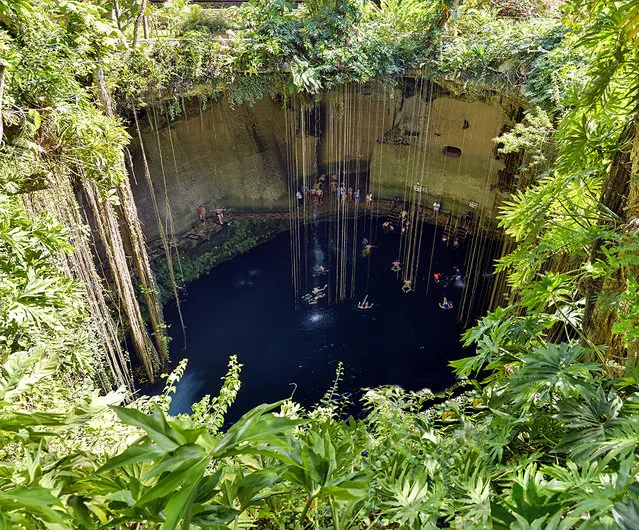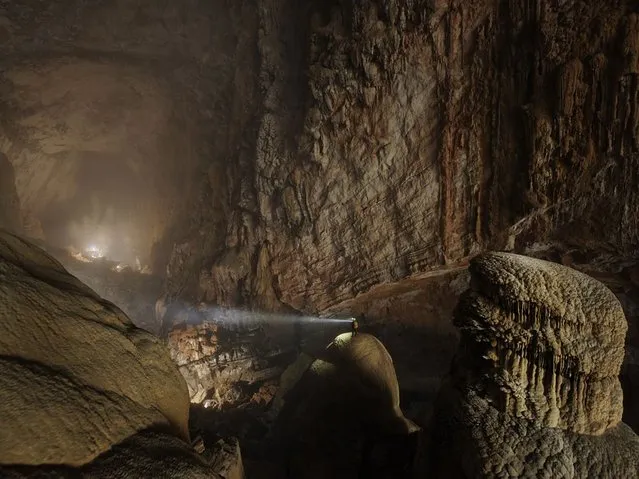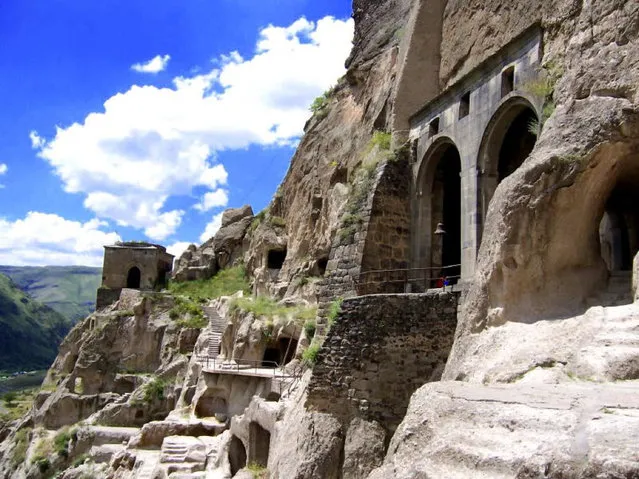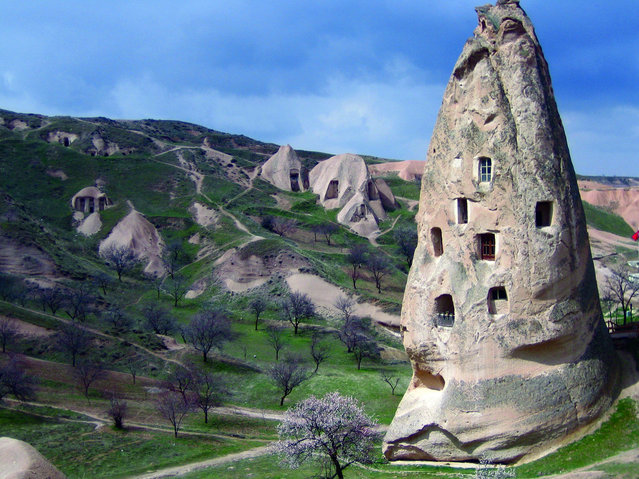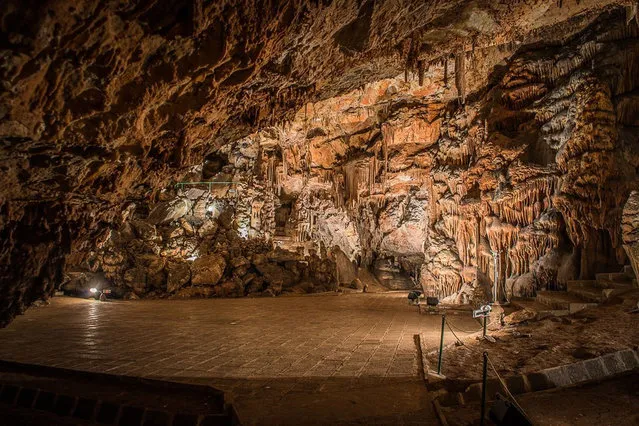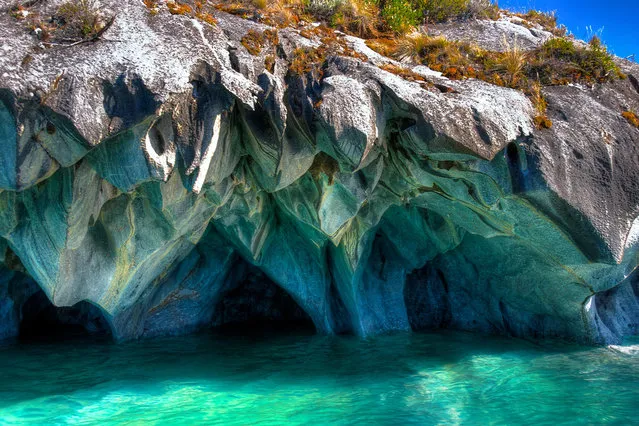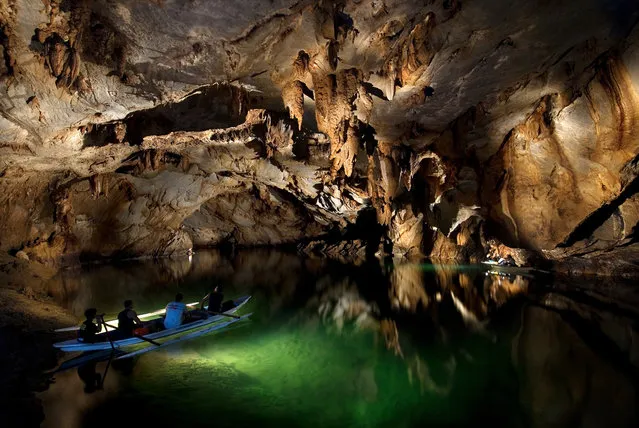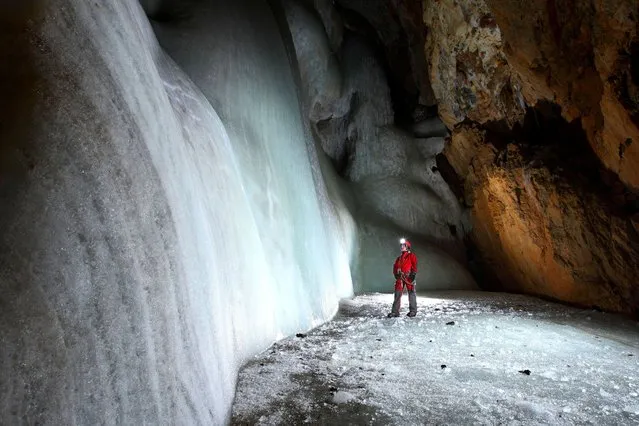
Slovenian photographer Peter Gedei started caving 25 years ago and has carried a camera with him on every trip getting stunning pictures from his travels, capturing the ice formations, tight chambers and beautiful halls. Photo: The Ice Cave in Postojna, Slovenia. (Photo by Peter Gedei/Caters News)
15 Dec 2013 10:51:00,post received
0 comments

